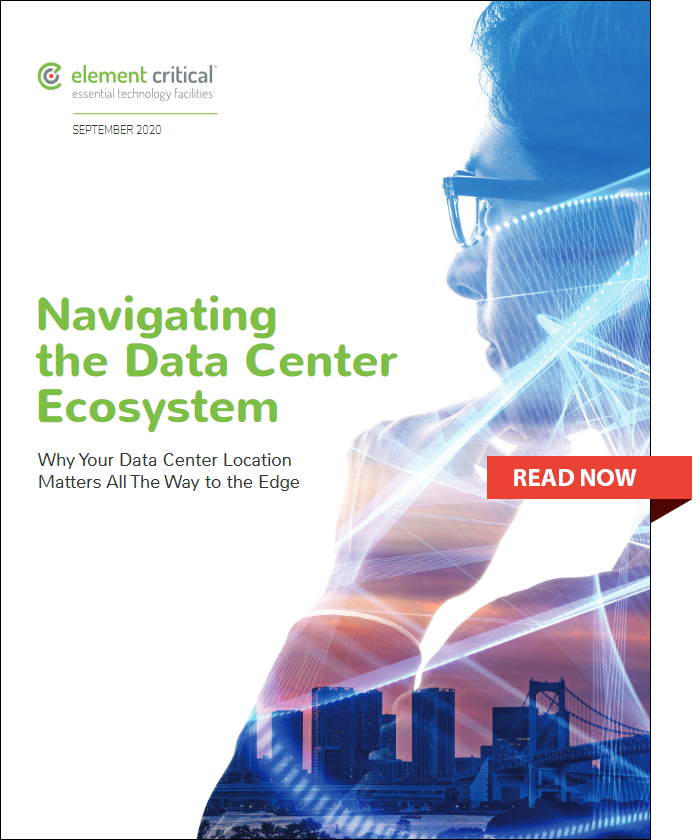Smart Homes Leads to Smart Cities

Everything Started with Smart Homes
As homeowners increasingly automate common household functions, Smart Homes have been growing in popularity. These upgrades can be anything from installing smart light switches or connected doorbells to more complex IoT devices that can manage their homes with greater ease and efficiency. In 2011, learning thermostats like Nest were the catalyst for many products to follow, making the smart home what it is today. Whether you are assisted by Amazon’s Alexa when searching for the perfect dinner recipe, or Google’s assistant who dims the lights when you are away on vacation, the digital assistants that integrate with various home technologies are only the beginning. Modern homes are being temperature regulated, appliance managed, and physically secured by digital enhancements. Even so, the frontier of innovation of what is possible expands every day.
People See the Value of Smart Cities

Much like the transformations within our homes, cities have been modernizing as well. And as cities get smarter, they are aiming to become “more sustainable, efficient, equitable, and liveable (NRDC, 2012),” than ever before. Considering that over half the world’s population lives in cities and urbanization continues to expand significantly, there is plenty urbanites can do to make a measurable impact.
In the beginning of this transformation, city leaders thought that smart technology would generally be adopted behind the scenes. However, with the explosive adoption of smartphones and the onset of 5G, the critical elements are in place to put instant information about traffic, health services, safety alerts, and community news right into the hands of the those citizens. Leveraging smart technology tools and communication channels help city officials and urban infrastructure services close the communication gaps between residents while contributing to a cleaner and more efficient city.
Increasing the “livability” of a city means that residents will enjoy a greater quality of life due to the many dimensions that smart technologies bring. These are some of the areas where smart city technology is already making a difference:
Environmental Sustainability. In Beijing, air quality sensors are being used to identify sources of airborne pollutants and make reduction adjustments. Individuals are also notified by smartphone when pollutants are unsafe so they can avoid those areas or take necessary precautions. These smart city solutions to monitor air quality and reduce waste can make huge improvements to the environmental sector, with health benefits for residents being a top priority.
Enhanced Healthcare. The density in urban centers makes them a critical place to address healthcare. Recently, the increased use of telemedicine has massively expanded the availability of care. Technology’s role in health services is evolving every day. As we use data that is drawn from applications to prevent, treat, and monitor chronic conditions the health burden can be potentially reduced.
Citizen Communication. Smartphone applications can report local issues or provide platforms like NextDoor and Meetups where neighbors are able to share resources and feel connected. Social Media and other channels for communication are creating avenues for citizens to weigh in on planning issues and encourage responsiveness from the city government.
Safer Cities. In Los Angeles, a swiss company has created vehicle-integrated aerial camera systems that provide data and signal coverage to firefighters on demand, letting firefighters know where fires are located and how they are spreading. AI-powered audio detection networks can pinpoint gunshots within seconds, indoor positioning software can track enabled mobile devices in dense urban environments to help first responders reach citizens faster when support is required.
Improved Energy Efficiency. In New York City, small devices connected to the individual water meters send daily readings to a computerized billing system. Amsterdam does one step further by incentivizing residents to reduce energy consumption through a credit system.
Resource Efficiency. In Spain, sensors are being attached to garbage cans throughout the city so that collectors don’t waste time, resources, or add to the air pollution by driving routes to accumulate half-full bins. Instead, the bins can literally send alerts when they need to be emptied.
Urban Congestion Reduction. Copenhagen is leveraging open data as it collaborates with MIT to develop a smart biking system. By embedding sensors that provide real-time data to both riders and administrators, they can share the analysis as it relates to air quality and traffic congestion.
Smarter Data Centers on the Horizon
Smart cities are made up of layers of technology that work together. Smartphones, IoT devices and sensors connected along high-speed networks are the eyes and ears of modern technology. But all of this data and computing power comes together in the cloud and in the data center. Edge data centers secure and store the massive amounts of data, consolidating the endless stream of information coming from the multitude of sensors and applications. These edge computing applications then translate the raw data into actionable insights, actions, and alerts. After all of this, cities, companies, and the public can actually use the data. As smart technology continues to gain in adoption, the data center will become an increasingly important part of the IoT network.
